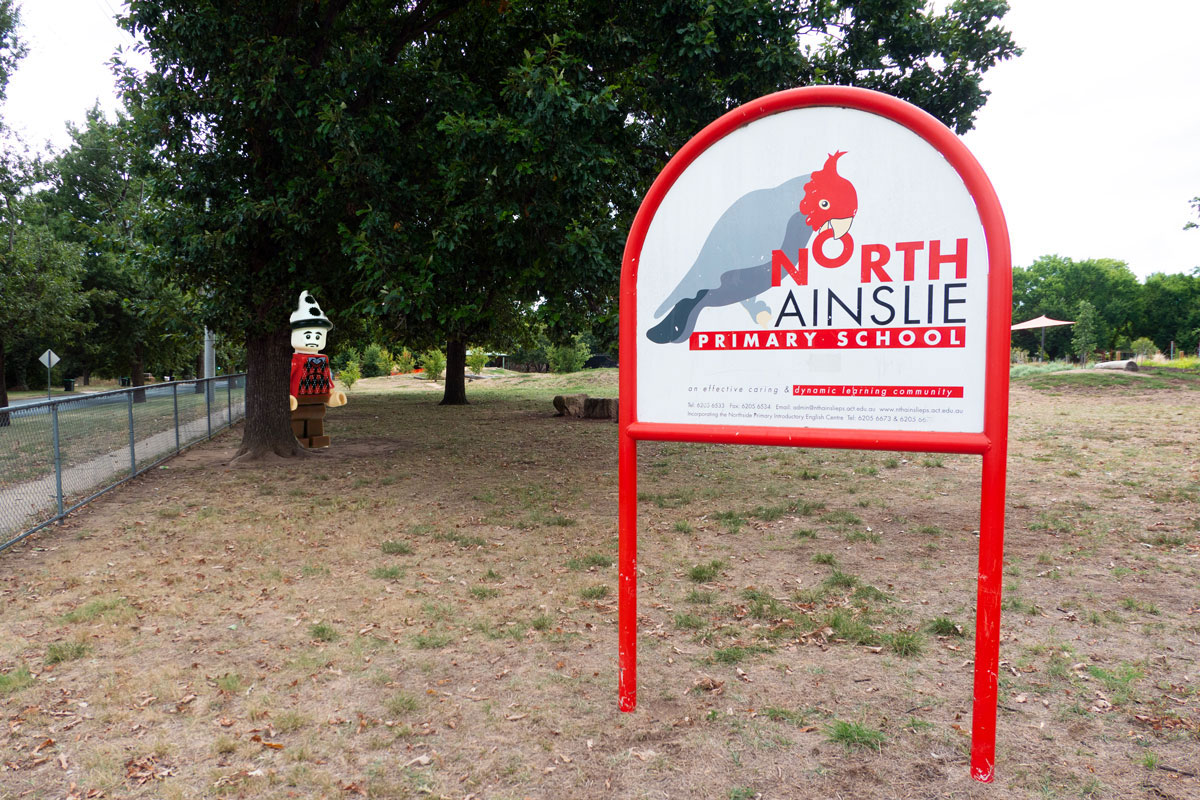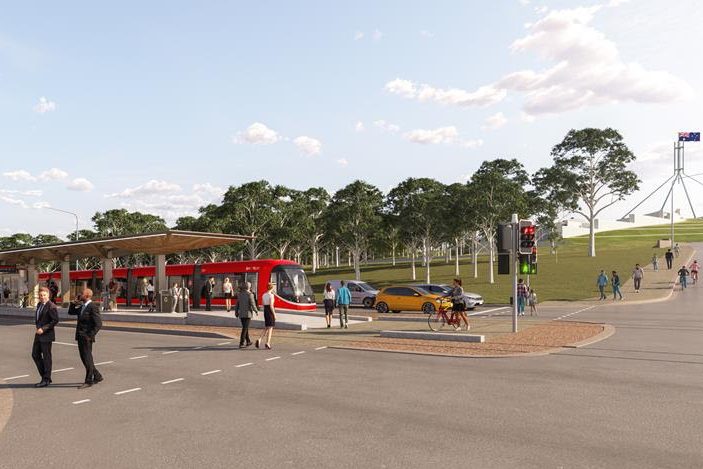
“When considering this city and its urban biodiversity, unfortunately the ACT’s Conservation Council has positioned itself as irrelevant to the future debates,” writes “Canberra Matters” columnist PAUL COSTIGAN.
UNFORTUNATELY for the city’s future, the ACT chief planner seems not to be known for taking biodiversity seriously.

Others do, although their efforts may be a little too polite to make any impact on this Greenslabor government.
On February 13, the Conservation Council of the ACT hosted their launch of a “Biodiversity Network Paper”.
To quote: “The ACT, like the rest of Australia, is battling an extinction crisis. Approximately 6.2 per cent of Canberra’s mature trees have been removed in the past five years; our beloved faunal emblem, the Gang-Gang cockatoo is endangered; and our natural areas are at increasing risk of development and degradation.
“To combat biodiversity loss across the territory, the Conservation Council’s Biodiversity Working Group and Friends of Grasslands have co-authored a paper that outlines a key part of the solution to protecting and enhancing the ACT’s remaining natural places: ‘The Biodiversity Network’.”
The announcement sounded like a serious move to deal with the biodiversity of this city in a landscape. This network has highlighted the necessity to look after endangered grasslands, old trees and associated biodiversity and that they should be protected from the effects of development. This effort to protect biodiversity is to be celebrated – if it delivers.
But there’s a problem. While the paper links to urban biodiversity issues of the whole city, it does not address these. This has been an historic fault of the Conservation Council in Canberra. It takes a cautious approach when it comes to speaking up about the damaging deficiencies of Greenslabor’s policies on urban biodiversity, green infrastructure, urban climate and related issues.
Its “Biodiversity Network” paper mentions policies such as the Urban Forest Bill as if these matters are being well attended to. They definitely are not and most likely will be even less so if the chief planner’s and the chief minister’s new planning bill is passed by the ACT’s Greenslabor politicians.
The current ACT planning systems make little mention of biodiversity issues. The lack of priority on biodiversity is evident in what is being delivered – new heat-island suburbs.
There are also the outrageous clearances happening in established suburbs. Almost everything is cleared for oversized houses. The result is a huge loss of gardens, shrubbery and trees – former sites for diverse biodiversity. Housing ACT is a champion at clearing everything off established properties.
Given the current heightened awareness to act on climate, it would have been logical for the planning reforms to place biodiversity as a high priority within future developments.
If you searched hard, it was possible to uncover the occasional tokenistic word or two about biodiversity – but nothing serious was being proposed.
Unfortunately, the chief planner has completely missed the point. He is not exactly a success as the head of two important agencies, the ACT government’s planning directorate and the ACT government’s planning authority. The lack of success being measured by what is missing in his muddled documentation. He is failing in the stewardship for the city’s biodiversity and therefore in his care for residents.
There is not much strong advocacy in the Conservation Council’s recent documentation. There is little on record that indicates that it strongly objects to what Greenslabor is proposing as the replacement of the former planning bill.
Maybe that advocacy was always designed to endorse the little Greenslabor has been doing about enhancing Canberra’s biodiversity. That would be pleasing to the ACT environment minister and her ACT Greens colleagues.
The proposed bill is not about planning. It is going to undo the city’s urban biodiversity.
If these planning bills are accepted, and given that the Conservation Council has not been serious about opposing it, anything it says in the future on the topic will be too late.
When considering this city and its urban biodiversity, unfortunately the ACT’s Conservation Council has positioned itself as irrelevant to the future debates on these important issues.
If the ACT environment minister and the other ACT Greens politicians endorse the chief minister’s model of de-regulated development, then the only Gang-Gang in her neighbourhood will be the one on the North Ainslie School billboard she drives past regularly. Surely, we can do better than that.
Who can be trusted?
In a world of spin and confusion, there’s never been a more important time to support independent journalism in Canberra.
If you trust our work online and want to enforce the power of independent voices, I invite you to make a small contribution.
Every dollar of support is invested back into our journalism to help keep citynews.com.au strong and free.
Thank you,
Ian Meikle, editor




Leave a Reply